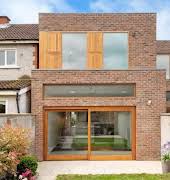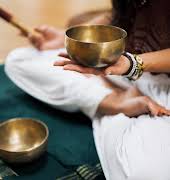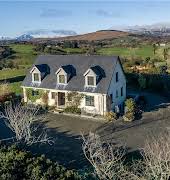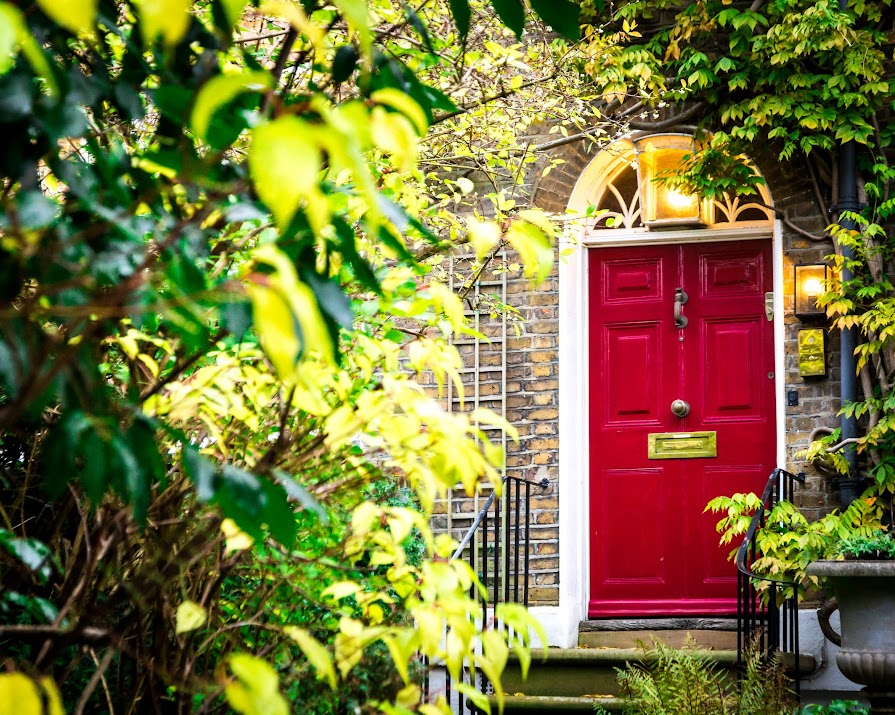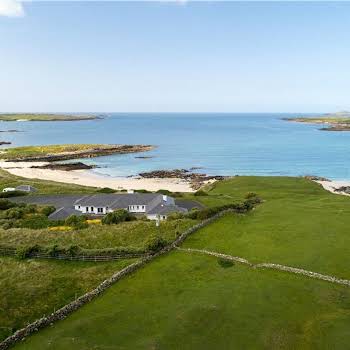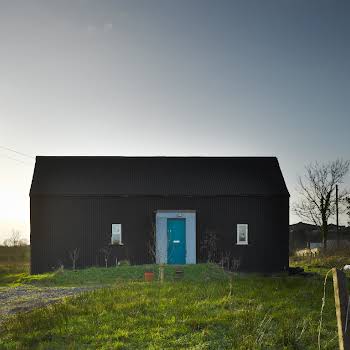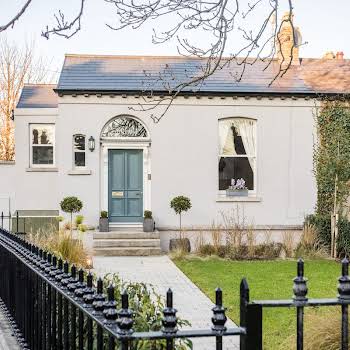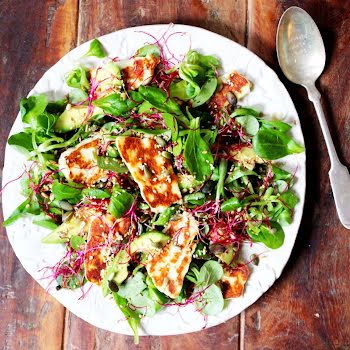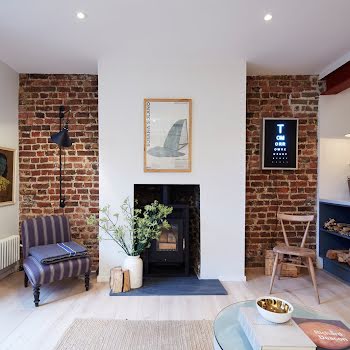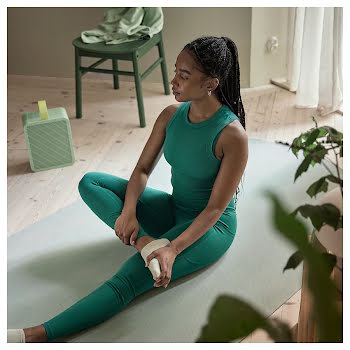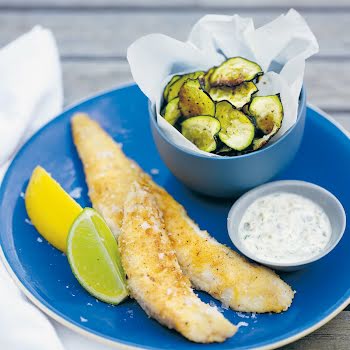
House hunting? We get expert advice on the signs of poor energy efficiency to look for
By IMAGE Interiors & Living
15th Mar 2022
15th Mar 2022
Energy efficiency should be an important factor in your house hunting, and not just because of government ratings.
There’s plenty of reasons why energy efficiency should be near the top of your list when buying a new home. As well as reducing domestic bills and retaining heat for longer, environmental factors have become increasingly front of mind for most of us.
Add to this, new nZEB (Nearly Zero – Energy Buildings) directives in places since April 2019 that says all new builds must meet a minimum A2 rating, and the introduction of the same for home renovations – the renovation rule being if the work affects greater than 25 per cent of the surface area of the existing dwelling.
If you’re buying a home built after 2014, it should have a minimum Building Energy Rating (BER) of A3, but what about houses built before that? What should you be looking for in terms of windows and doors? What about interior and exterior insulation?
To help home buyers understand what to look for, we’ve compiled a handy checklist with the help of Carmel Smith, one half of the duo behind M&C Hybrid Energy, an energy auditing service based in Cavan.

Rate it or Slate it?
The first thing to come to grips with, says Carmel, is the Energy Performance Certificate, or EPC. “Every home now comes with one and you should think of it like a property’s sustainability CV.”
The ratings range from G to A with A being the best, Carmel explains. “It also details estimated energy costs, its existing features such as insulation type and heating system, as well as letting you know what level it could be brought up to with improvements.” This will help you budget for any future renovations, especially if you’re buying a doer-upper.
However, Carmel notes that and EPC is merely a guide and if you find a house you want to buy, it’s always advisable to get an independent contractor to give you more detailed insight. “They’ll be able to review everything across insulation, heating, windows, lighting and micro-generation.”
Take the heat
When it comes to a property’s ability to retain heat, it’s all about draughts and insulation. “Tackling household draughts is one of the most effective ways to reduce energy costs,” Carmel explains. “Up to 50 per cent of household energy can be lost through draughts and while most of us know that draughts can come through cracks in doorways, we forget that cold air can force its way into the house through gaps in the roof, the floors, the chimney, the attic and the windows.”
You might think that draughts are only found in old, period homes, but look out too for houses built in the 1980s and 1990s, which often have four-inch open vents in every room causing serious heat loss.
Not all remedies need to be expensive, Carmel suggests that draught-proofing adhesive around doors and windows will help significantly. So how do you spot draughts on a viewing? Carmel says to look out for dampness and chipped paint around the windows, particularly north-facing ones.
Glazing also has a huge impact on home heat retention. “Triple-glazing will lead to a substantial saving long-term,” advises Carmel, as will insulating the attic organic material like sheep’s wool. “This will ensure an effective and comfortable thermal performance as it is made from a fully breathable material.”

Beat the system
Carmel advises that the heating system will be one of the biggest investments as a homeowner. “We’ve come a long way from the open-hearth fire in some ways, but more choice can make it more difficult to get it right.”
Carmel notes that combi boilers, where mains gas is available, are now the most popular systems and do not require attic tanks. “If you’re considering buying a house that doesn’t yet have a combi, it’s worth remembering they require the least amount of plumbing when installing. Combi boilers operate at around 80 per cent efficiency, however, they aren’t the best option if you need a lot of hot water,” she says.
“If you’re looking at a house where you will install a new system and want to keep your carbon footprint in mind, a heat pump is worth considering,” advises Carmel, particularly as the SEAI now offer a grant to help.
“Still relatively new to the Irish market, many people don’t yet know its benefits. First off, it doesn’t require mains gas as pumps are run on electricity. A heat pump will absorb naturally occurring heat from the air, earth or water outside to heat your home and your water. Since it transfers heat rather than generates it, heat pumps are one of the most-green options out there. Installing a pump will cost approximately €8,500 (excluding VAT) depending on the size of the house.”
However, Carmel also emphasises how the heat is distributed throughout a home is almost as vital as the heat source itself. Have a look at the radiators in your potential new property. Are they single or double radiators? “Single radiators should only be used in very small rooms,” says Carmel. “Otherwise they will take double the time, double the heat and double the cost than a double panelled radiator.”
However, installing these can be complicated and costly, so don’t underestimate this swap as an easy fix. You’ll need to check that your heating system can handle the double output, which you can find out from a professional heating engineer.

Being eco and being economical
Carmel reminds us that it’s not just about having an eco-friendly, energy-efficient system but rather about making that system work even harder to reap the full benefit.
Even if you’re budgeting for the installation of a fully-fledged eco-system, be aware that the home you buy needs to be suitable. “If you’re intending on installing solar panels, for example,” notes Carmel, “the house needs to be well-positioned with a large, south-facing roof that is not shaded by tall trees. Otherwise, the system will not function as well as it could.”
Similarly, you could have the most efficient system but you’re not conscious of your usage. If you’re purchasing a home, Carmel suggests getting in the habit of being conscious right away and add some fool-proof additions to save money. “Without making any structural changes or big investments, Irish homeowners can save a couple of hundred euro on their annual home energy costs by just being more mindful and savvy,” she explains.
Things like leaving a forgotten DVD player on standby can cost you up to €20 a year alone. Now multiply all the other appliances we leave on standby year-round. There are savings to be made in turning your thermometer down just one degree, timing your showers accurately and swapping in low-wattage bulbs. “These will all go a long way to landscaping the garden or buying that sideboard you’ve been lusting after.”


